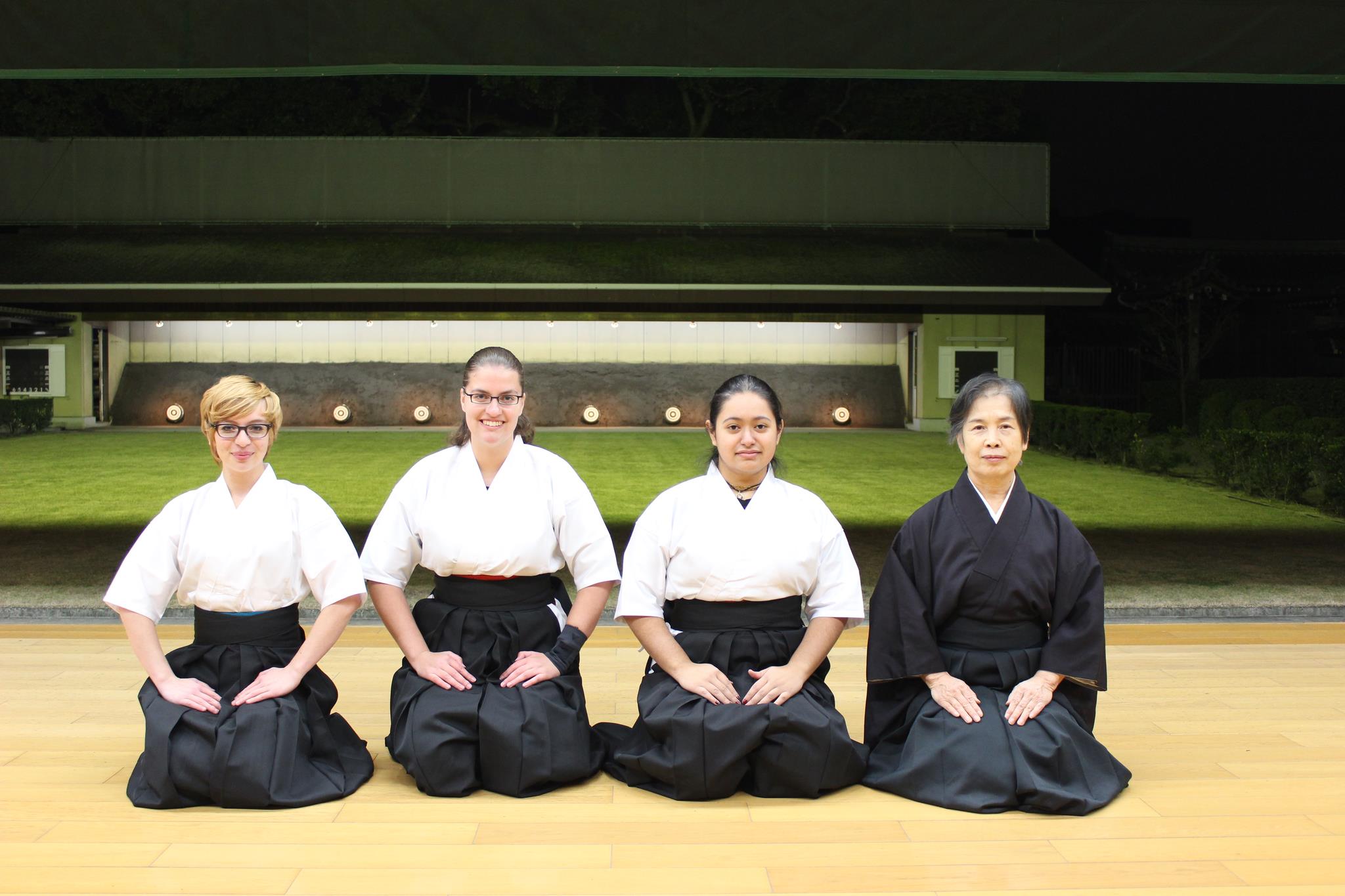My CIP experience has a been a varied combination of people, venues, and activities.
After much searching, I finally came upon weightlifting. It was kind of a perfect fit, especially considering that I spent the first few weeks in Kyoto searching for some sort of sports-related CIP so that I could stay in shape. Weightlifting provided the perfect outlet to do this and, on top of that, the people there were incredible.
For instance, the first day I went, the main instructor asked me to perform a few basic excercises to check my form. This was not my first time weightlifting, but it was the first time that I had received instructions in such a detailed way. The instructor had video of professional female weightlifters doing the same exercise that I was and even drew diagrams on the board to explain exactly how to execue each lift. As a result, just a few hours into my first session, it became obvious that the main instructor and the student who taught with him were some of the the most knowledgeable trainers that I had ever met.
They were also some of the most patient. For instance, there was one excercise in particular in which I was disheartenly inconsistent. Sometimes I could execute the exercise reletively well, but on others it was as if I had never done the exercise before. Meanwhile, whoever was working with me gave me helpful, encouraging feedback.
Unfortunately, only a few weeks into weightlifting, I managed to injure myself in a way that prevented me from lifting for the rest of the sememster. As a result, I began to go to an international language exchange club, called Klexon. My first impression of the club was how organized it was. All of the English speakers were on one side of the tables, while the Japanese members were on the other. Then, every ten minutes, the Japanese members would rotate and start a conversation with another English speaker. The resulting process seem rather reminiscent of speed dating.
The second point I noticed was the variety of members. Initially, I thought that Klexon was mostly comprised of university students. However, I found that most of them were actually graduates with a wide variety of careers. During my time, there, I met doctors, salesmen, store owners, and that was just to start. In addition to the one-on-one session, we spent the last few minutes in small groups talking about set topics and then about whatever we so chose when there was a lull.
Overall, I think that both experiences, weightlifting and Klexon, were benefitial in their own way. I used Japanese more in the former, but there was not much in the way of conversation. Meanwhile, the latter was all about conversation, but the focus on English allowed for few opportunities to practice my Japanese until the final, group session. In the end, I am glad to have participated in both activities and, while I will miss weightliftng, I look forward to returning to Klexon to finish out the semester.

